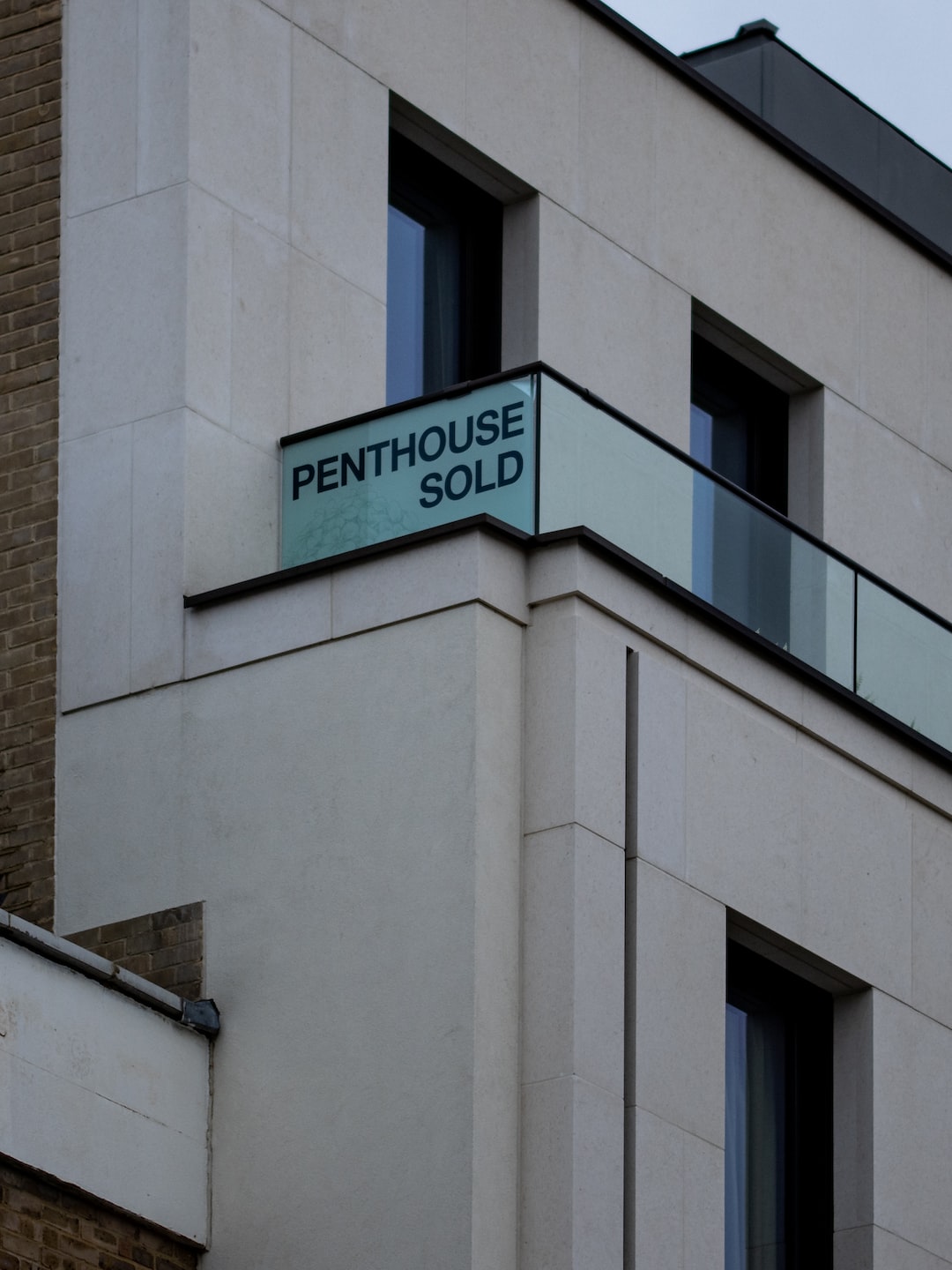The Rise of Eco-Friendly Homes: What You Need to Know
In recent years, there has been a significant rise in the popularity of eco-friendly homes. From energy-efficient appliances to sustainable building materials, homeowners are now more conscious than ever when it comes to reducing their environmental impact. If you are considering building or renovating a house, here is what you need to know about the rise of eco-friendly homes.
1. Energy Efficiency: The Key Focus
When it comes to eco-friendly homes, energy efficiency is at the forefront of every decision. These homes incorporate advanced insulation techniques, high-performance windows, and energy-efficient appliances to minimize energy consumption. LED lighting is a popular choice, as it reduces electricity usage while also lasting longer than traditional incandescent bulbs. Solar panels are also becoming increasingly common, allowing homeowners to harness the power of the sun and reduce reliance on the grid.
2. Sustainable Building Materials
Eco-friendly homes prioritize the use of sustainable building materials. Traditional construction materials such as concrete and steel have a significant carbon footprint, leading to increased greenhouse gas emissions. Many homeowners are now opting for materials like bamboo, reclaimed wood, and recycled steel, which have a lower environmental impact. Additionally, the production of these materials is often more energy-efficient and results in less waste.
3. Water Conservation
Water scarcity is a pressing issue in many parts of the world. Eco-friendly homes address this concern through various water-saving features. Low-flow faucets, showerheads, and toilets reduce water consumption without compromising functionality. Rainwater harvesting systems are another popular addition, allowing homeowners to collect, store, and use rainwater for landscaping or even flushing toilets. Additionally, drought-resistant landscaping and efficient irrigation systems help reduce water waste in outdoor spaces.
4. Indoor Air Quality
Eco-friendly homes prioritize indoor air quality for the health and wellbeing of occupants. Traditional homes often contain volatile organic compounds (VOCs) found in paints, adhesives, and furniture, which can be harmful when released into the air. Eco-friendly homes use low-VOC or VOC-free materials to improve indoor air quality. Additionally, efficient ventilation systems ensure proper air circulation and reduce the risk of mold and other pollutants.
5. Sustainable Waste Management
Proper waste management is a crucial aspect of eco-friendly homes. These homes incorporate effective recycling systems to minimize the amount of waste sent to landfills. Designated recycling areas and composting systems make it easy for homeowners to separate and dispose of waste responsibly. Additionally, the practice of repurposing materials during construction or renovation helps reduce waste and limit the need for new resources.
6. Government Incentives and Certification Programs
Governments around the world are taking steps to promote eco-friendly homes through various incentives and certification programs. These programs offer financial benefits and tax deductions to homeowners who choose to build or renovate in an environmentally responsible manner. Additionally, certification programs like LEED (Leadership in Energy and Environmental Design) provide recognition and credibility for homes that meet specific sustainability requirements.
7. Cost Savings
Contrary to popular belief, eco-friendly homes can lead to significant cost savings in the long run. Although the upfront costs may be slightly higher due to the use of sustainable materials and technologies, homeowners can benefit from reduced energy bills, water savings, and lower maintenance costs. Additionally, the increasing availability and affordability of eco-friendly products and technologies are making it more accessible for homeowners to choose sustainability.
In conclusion, the rise of eco-friendly homes reflects an increasing awareness of the impact our housing choices have on the planet. Energy efficiency, sustainable materials, water conservation, indoor air quality, waste management, government incentives, and cost savings are all key elements of this movement. As our collective responsibility towards the environment grows, eco-friendly homes are becoming the norm rather than the exception. Whether you are building your dream house or renovating your current one, making sustainable choices is not just beneficial but essential for a greener future.

